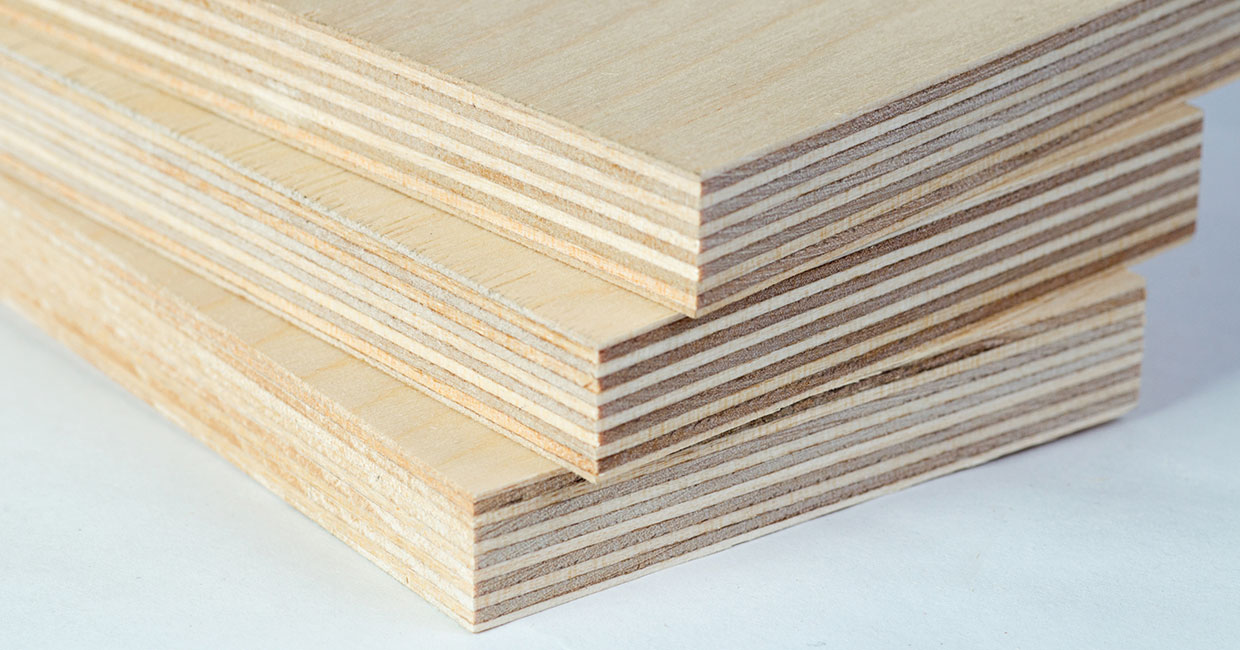Plywood is a versatile and widely used material in the construction and furniture industries. It is made by bonding together thin layers of wood veneers, which results in a strong and durable material. The global plywood market has seen steady growth in recent years, and this can be attributed to various factors such as the rise in construction activities, the increasing demand for furniture, and the availability of raw materials.

Increasing Demand for Plywood
Plywood has become a more cost-effective option for many builders and furniture makers. It has a higher strength-to-weight ratio compared to solid wood, making it a more durable choice. Additionally, plywood is more resistant to warping, cracking, and shrinking. As a result, the demand for plywood is on the rise, especially in developing countries such as India, China, and Brazil. The construction sector accounts for a significant share of the plywood market, and this trend is expected to continue in the future.
Trade Policies and Regulations
The global plywood market is heavily influenced by trade policies and regulations. The imposition of tariffs and other barriers to trade can have a significant impact on the market. For example, the recent trade tensions between the US and China have affected the plywood market, as China is one of the largest exporters of plywood to the US. The US government has imposed tariffs on Chinese plywood imports, which has led to an increase in the price of plywood in the US. On the other hand, the Indian government has recently reduced the import duty on plywood, which is expected to boost the demand for imported plywood in India.
It is important to note that trade policies and regulations can also impact the quality of the plywood that is available in the market. Manufacturers may use substandard raw materials or production methods to cut costs, which can result in inferior quality products. As such, it is crucial for governments and industry bodies to ensure that trade policies and regulations prioritize the quality of plywood in the market.
Technological Advancements
Technological advancements have also played a significant role in the growth of the global plywood market. The use of advanced manufacturing techniques has led to the production of high-quality plywood at a lower cost. For example, the use of computer-controlled machines for cutting and shaping plywood has resulted in a more precise and efficient production process. The use of eco-friendly and sustainable materials in the production of plywood is also gaining popularity, as consumers are becoming more environmentally conscious.
The development of new technologies has also led to the creation of innovative plywood products. For instance, there are now fire-resistant and water-resistant plywood products available in the market. Such products are ideal for use in areas prone to natural disasters or in buildings where fire safety is a top priority.
Conclusion
The global plywood market is expected to continue its growth in the coming years, driven by increasing demand from the construction and furniture industries. However, the market is also influenced by various factors such as trade policies, technological advancements, and the availability of raw materials. To remain competitive in the market, plywood manufacturers need to focus on innovation and sustainability while keeping up with the changing market trends. Additionally, governments and industry bodies need to prioritize the quality of plywood in the market to ensure that consumers are not exposed to substandard products.
As the global market continues to evolve, it is important for stakeholders to work together to create a sustainable and responsible plywood industry. By doing so, we can ensure that the benefits of plywood are enjoyed by people around the world for generations to come.

